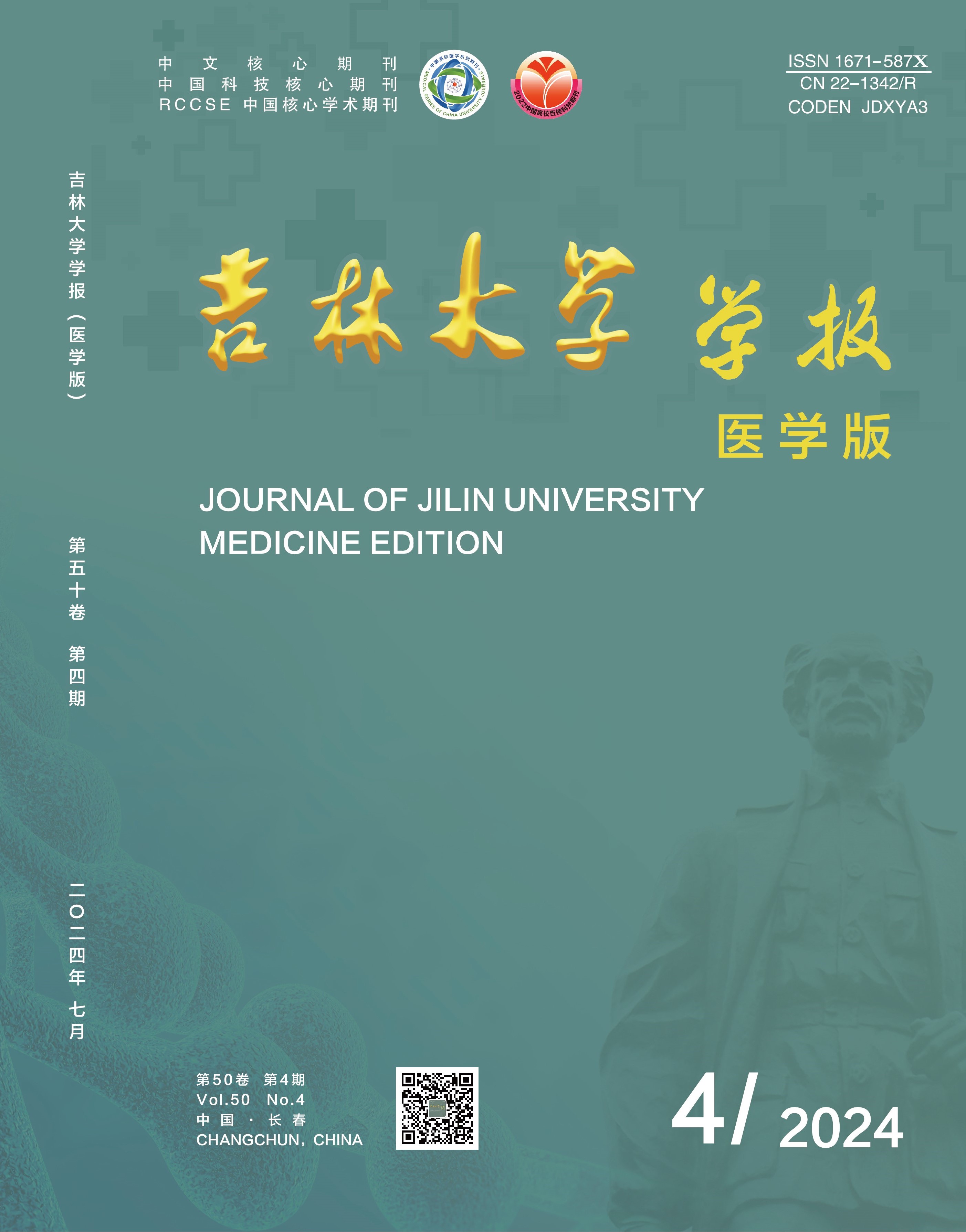Objective:To investigate the epidemiological characteristics of hand-foot-mouth disease (HFMD) and the genetic characteristics of VP1 coding gene of enterovirus A71 (EV-A71) in Changchun City of Jilin Province during 2014-2018,and to explore its epidemic law and provide reference to adjust measures of disease control and prevention promptly.
MethodsUsing data from China disease Control and Prevention Information System,the epidemiological data of the hand-foot-mouth disease were analyzed with descriptive epidemiological method.The throat swab speimens of the patients with hand-foot-mouth disease were collected from Changchun medical institutions from 2014 to 2018.Real-time fluorescence quantitative PCR (RT-PCR) was used to detect the total enterovirus, enterovirus 71(EV-A71) and Coxsackieevirus 16(CV-A16) in the speimens to confirm the types.The VP1 regions of EV-A71 were amplificated and sequenced and the phylogenetic tree was constructed.The homology sites and amino acid variation sites were analyzed.
ResultsFrom 2014 to 2018, a total of 12 685 cases were reported in Changchun City of Jilin Province with the incidence decreasing first and then increasing, reaching a peak in 2016 and decreasing year by year thereafter. The epidemic trend was basically the same, showing a single peak distribution, with obvious seasonal. The cases were reported in 14 counties and districts of Changchun City, and the top three areas with annual incidence were high-tech zone (129.14/100 000), broad urban area (102.17/100 000) and economic development zone (100.98/100 000).The proportion of male cases was significantly higher than that of female cases, and the majority of cases were children under 5 years old.The EV-A71 positive samples were detected every month in Changchun City.During the study period from March to September 2014 and from May 2017 to May 2018, EV-A71 was the main causative agent of hand-foot-mouth disease, showing a gradually upward trend.A total of 146 EV-A71 sequences were obtained, 136 of the EV-A71 strains samples belonged to C4a subtypes of subgenogroup C4, whereas 10 of the EV-A71 strains samples belonged to subgenogroup B5 of EV-A71.The position 145 amino acids of VP1 region was E;VP1104D was found in two strains,and VP1218R was found in the other three strains in 2018;the other toxicological sites and the main antigenicity sites did not change.Compared with the C4 subtype,B5 subtype had three amino acid differences(VP143E,VP158Tand VP1184T).
ConclusionHand-foot-mouth disease is a common infectious disease, which in Changchun City of Jilin Province mainly occurs among the children younger than 5 years old. It is mainly caused by C4a subtype of EV-A71, and a small part of B5 subtype is prevalent, some amino acid variant sites need to be continuously monitored to avoid the pandemics.

 Table of Content
Table of Content
 Guide to Authors
Guide to Authors


